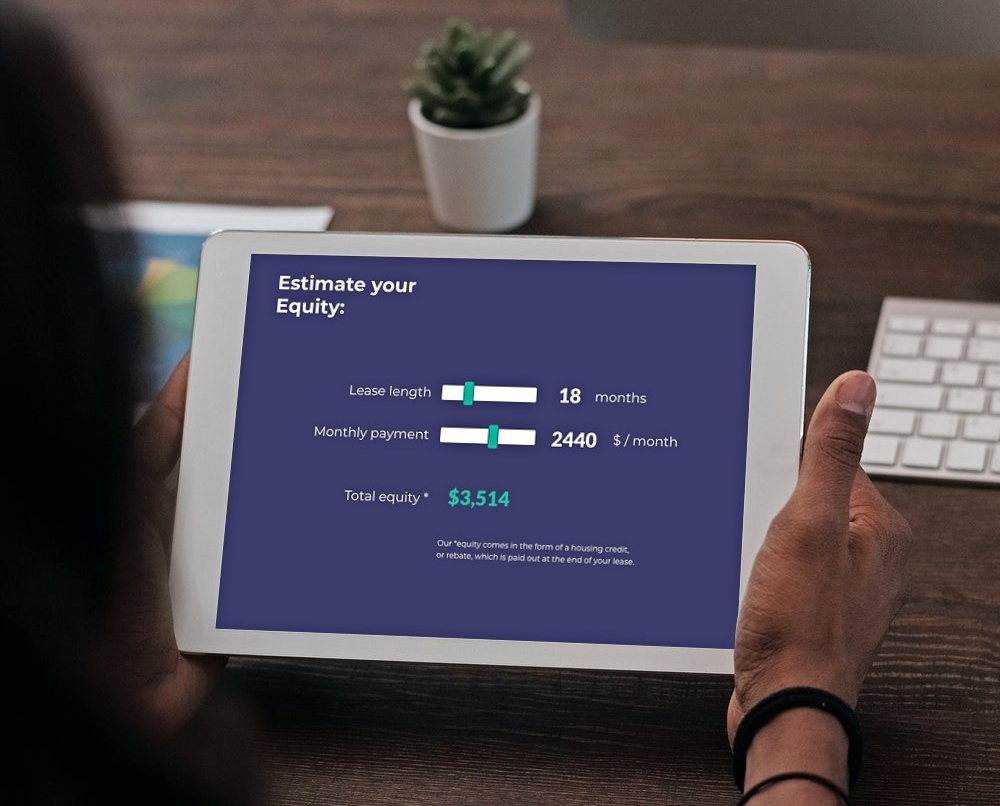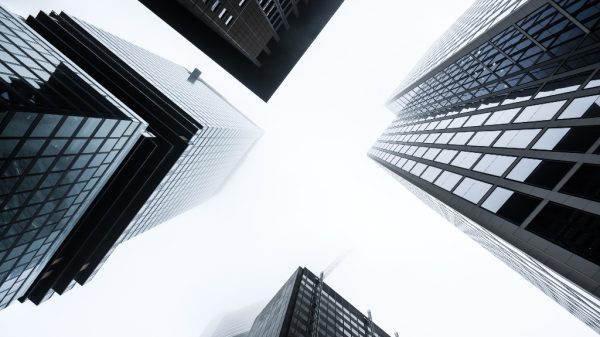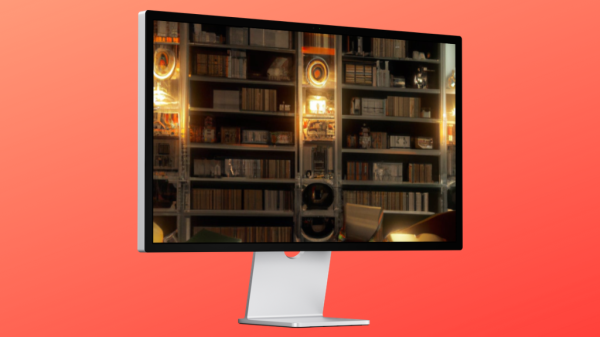As with any new technology, this year’s iPhone XS has encountered a few snags out the gate. While Apple is known in part for their quick response to technology issues, early adopters are within their rights to be irritated by some of the following setbacks.
The first major issue iPhone XS users have reported involves the devices’ charging capabilities. Purportedly, some iPhone XS units refuse to charge when plugged into a Lightning cable; while the issue itself has been partially explained by Apple in the past (security features of late iOS 11 can prevent an iPhone which has been locked for long enough from recognizing USB peripherals such as the Lightning charge) it seems that some units simply won’t charge. Apple is currently looking into the problem.
Another common issue appears to be patchy reception on Verizon and Sprint networks, even in areas which previously facilitated decent call quality. The problem has been attributed to various hardware from the iPhones’ processors to the built-in antenna – as always, we’ll just have to wait and see what Apple has to say about this.
Wifi reception was similarly criticized on some iPhone XS units, but this problem actually has a more readily available explanation – when connected to a network which includes a 5 GHz band, the iPhone XS can default to the 2.4 GHz band instead, leading to objectively slower Internet speeds. Apple is expected to address this in a patch.
Some people have also taken issue with the iPhone XS camera’s built-in skin-smoothing feature, though you can reportedly reduce the feature’s effect by turning off HDR (tap the “HDR” icon at the top of the camera screen).
This seems as good a time as any to bring up my personal belief regarding early adoption of new technology – when a large-scale product (e.g., a new model of car, computer, or smartphone) is released, don’t be one of the first folks to buy if you don’t want to be the first to find out that it doesn’t work correctly. Let other people make that mistake. Despite being built on architecture similar to that of last year’s iPhone X, the XS is still a brand-new product running a brand-new operating system; it makes sense that its launch is a bit rocky.
It’s also worth noting that this happens pretty much every year. Ultimately, Apple will fix the most notable of the iPhone XS’ issues as presently as possible, and you can probably expect a patch or three to address some of the more minor issues along the way.
For now, there’s no reason to get XSsively upset.
Jack Lloyd has a BA in Creative Writing from Forest Grove's Pacific University; he spends his writing days using his degree to pursue semicolons, freelance writing and editing, oxford commas, and enough coffee to kill a bear. His infatuation with rain is matched only by his dry sense of humor.

















































